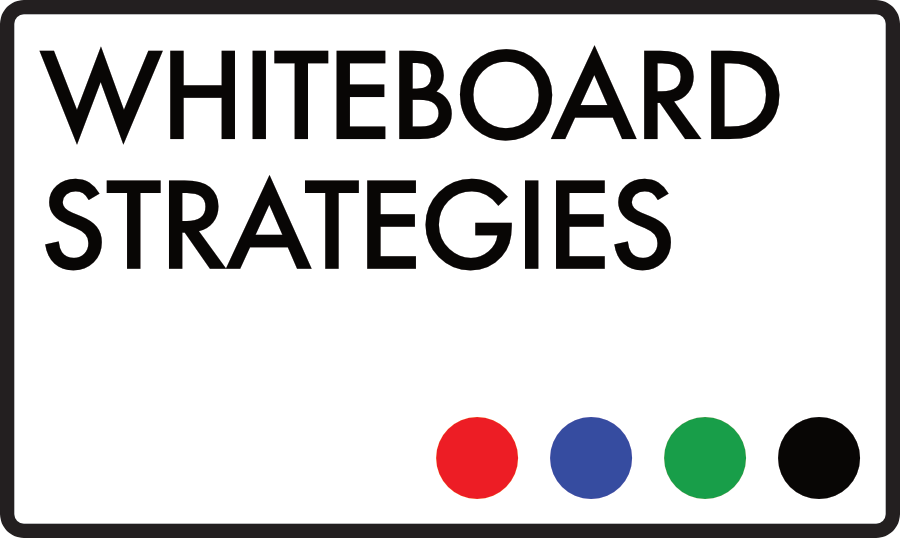Frequent readers of this blog might be rolling their eyes and going “Oh, he can’t go round calling people tools, that’s just not on…” but rest assured I’m not. This week we’re talking sales tools – programmes for tracking almost every minute metric you could possibly imagine when it comes to a sale. As you can see in the image below, a list of sales tools in use worldwide in 2013 would have had to take in marketing and messaging automation, information capture, database management, CRM systems, incentive compensation, dialers, benchmarking, intelligence gathering, pipeline tracking, sales analytics, training and coaching platforms, pricing visualisation and optimisation, social media, contracts, analytics programmes, content platforms and producers… and that’s not even nearly exhaustive. The list goes on… what an eye-opener.

These tools have been slowly creeping in over the last decade, then mobile connectivity and advances in tech opened the floodgates. In the current marketplace, sales tools are big business. We’re talking countless millions of dollars worth of business, thousands of tool and plug-in developers. We’re talking secondary and tertiary industries built around those tools – consultancies, tool management agencies, advisory bodies and more. These are tools designed to help salespeople and leaders, and business is booming… for the developers of sales tools.
But are these tools working for anyone except their developers? Don’t get me wrong, I love that technology can be harnessed and used to make more money. But are these tools all necessary? Are they all helpful? And, especially once you get into using multiple tools, are they cost effective?
As someone who works with guys that came up armed only with a card index, and now spend their lives in some of the world’s highest earning sales departments, I’m going to float the idea that most of these tools aren’t helpful. So often I’ve heard sales execs and leaders boasting about the new tool they’ve invested in for their reps, only to return the following quarter and hear that no one is using it.
So how do you guarantee that you’re getting value from your investment in sales tools? Only by vetting programmes, and seeking out usable, quickly adoptable and scalable tools that fit your business objectives and existing processes. Keep it simple, keep it focused, keep it aligned.
There, that wasn’t hard was it? The temptation is to keep slogging away with a tool if you’ve sunk money into it, because the alternative is accepting that you’ve needlessly given away a chunk of your budget. That’s a false economy. If a tool isn’t helping your people make money, drop it. If a tool is creating tension in your sales processes, drop it. If a tool isn’t intuitive enough for quick uptake and widespread use, drop it. If it can’t be easily scaled up across new teams or geographies… you get the idea.
That’s what enablement needs to be about – delivering salespeople the right tools for the jobs being asked of them. That’s what sales leadership needs to be about. That’s what procurement and finance heads need to asking when execs come to them for budget sign off: Will it help? Can people use it? Is it scalable?
Too many tools spoil the sale. Even just one or two tools can spoil the sale if they’re the wrong ones. Keep it simple, keep it focused, keep it aligned. Or let me know if you think I’ve got this one wrong.
Follow Whiteboard Strategies or connect with Mark on LinkedIn, or sign up to The Edwards Update now for monthly insight, delivered straight to your inbox.
– Tom @ WSL

Recent Comments